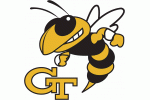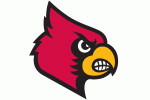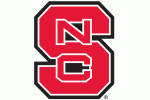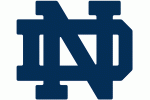Syracuse returns to the cozy confines of the Carrier Dome to take on the Hokies.
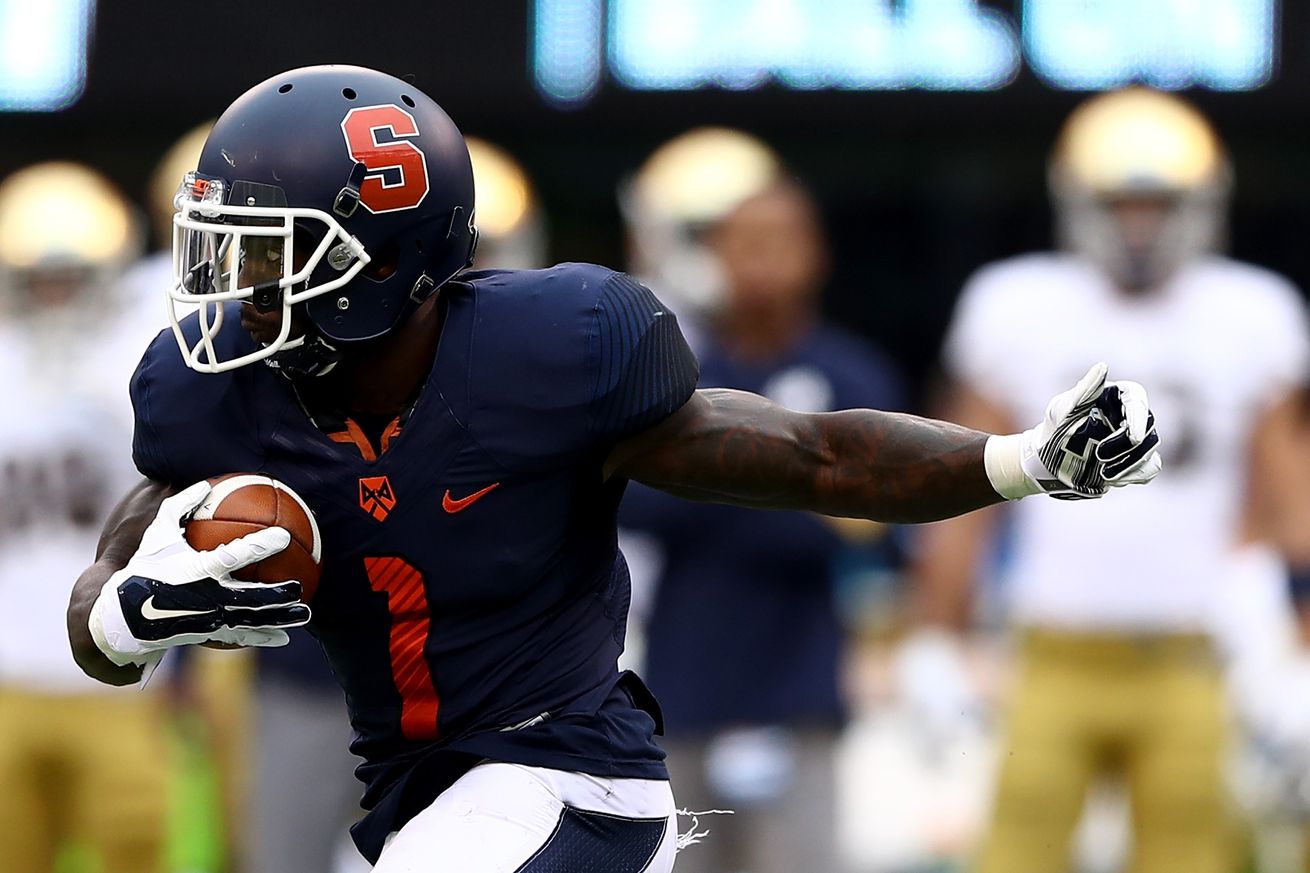
The Syracuse Orange had a rough time this past Saturday, dropping an ugly game to Wake Forest, 28-9. Now at 2-4 (0-2) on the season, SU returns to the Carrier Dome to try to right the ship against... the Virginia Tech Hokies. Tech’s no pushover this year, ranked 17th in the country with a 4-2 (2-0) record.
So what will be some of Syracuse’s biggest challenges when they take on the Hokies? And what are some key elements of the game to keep an eye on? We give you five below:
***
1. Jerod Evans is both accurate and mobile
Those words, when put together, are terrifying for this Syracuse defense. Though the Orange secondary is only allowing passes to be completed at a 56-percent clip (top-40 in the country), those passes still go for a ton of yardage. SU’s allowing 8.4 yards per attempt, which is among the worst rates in the country.
On the year, Evans has completed 63.3 percent of passes for Tech, totaling 1,045 yards (8.71 per attempt), plus 15 touchdowns through the air. That alone sounds like a recipe for Syracuse’s defensive backs to get carved up all afternoon, and that’s before you even take Evans’s mobility into account.
On the year, he has 61 attempts for 258 yards and two scores (with a long of 55 yards). He doesn’t possess the type of quickness that we’ve seen from Louisville’s Lamar Jackson or USF’s Quinton Flowers, but he can still move the ball on the ground. It’ll be a challenge for SU to both keep containment AND prevent easy completions of him downfield. When we spoke to the Key Play on Wednesday, they said his ability to throw downfield was among his best assets. That’s troublesome.
2. Isaiah Ford should be 100-percent
Last week against North Carolina, Virginia Tech’s top receiver was hurt — but the injury was far from significant. Hokies coach Justin Fuente even said afterward that Ford could’ve returned to action but the team deemed it unnecessary given the score (Tech won going away) and the rainy conditions down in Chapel Hill.
Ford’s one of the ACC’s best targets, and while his size (6-foot-2, 190 pounds) doesn’t impose, his speed and ability to possess the football should. Last year, the junior put up some impressive numbers (75 catches, 1,164 yards, 11 TDs), so while he’s off the pace a bit this year with 24 catches for 376 yards and four touchdowns, the ability to blow up for a game is very much there.
Not only will Syracuse’s secondary have to worry about a healthy Ford, but his ability to potentially draw double coverage should open up opportunities for the Hokies’ other receiving options. Tech uses a lot of players in the passing game (12 have caught a ball so far this year), but Cam Phillips and Bucky Hodges are the other names to keep an eye out for. Philips has expanded his repertoire this year past his previous slot-type role. Hodges is one of the ACC’s top tight ends and a huge target in the red zone at 6-foot-7 and 247 pounds.
3. Beware of Beamer Ball
Even with former coach Frank Beamer out of the picture, Syracuse will still be challenged quite a bit with regard to special teams and turnovers. Tech is currently ranked 22nd in the S&P+’s special teams rankings, and that doesn’t even take into account everything this group can do. They’re the best kickoff team in the country, and one of the best punting units as well.
What Beamer Ball did — and does once again -- is create additional opportunities for both sides of the ball to succeed for the Hokies. Whether that’s the most apparent things (turnovers, blocks) or the less obvious ones (solid kick/punt coverage creating longer fields for the opposition), the effect’s pretty clear. Returns have also been stellar, setting the team up for the second-best average starting field position (around their own 37-yard line) in the country.
Through five games, the Hokies have created 12 turnovers and blocked two kicks/punts. With recent struggles on special teams, Syracuse has missed four field goals and an extra point already this year. They’ve also allowed an extra-point block to be run back (vs. Notre Dame) and have allowed multiple kick/punt return scores. This doesn’t sound like a recipe for success.
4. Eric Dungey vs. Virginia Tech’s secondary
If Syracuse has any shot here, this is where the damage will have to be done. Led by Dungey, the Orange passing offense is one of the country’s best attacks through the air -- in part assisted by a very one-dimensional approach at the moment. Unfortunately for SU, Tech has the second-ranked pass defense in all of the FBS. Only Florida (39 percent) is allowing a lower completion percentage than the Hokies (40.8 percent) are right now.
So what’s going to give?
It may not necessarily be Dungey -- at least not to the depths we saw in poor weather last week vs. Wake Forest, anyway. While Virginia Tech possesses some impressive numbers against the pass, they’ve also seen among the fewest attempts in the country (142) so far, and have faced four opponents where passing is not their forte. That’s not to diminish what the Hokies’ secondary has done against the pass -- even Tennessee’s Josh Dobbs was held to just 91 yards through the air — but it’s worth putting in context.
Dungey will need to better utilize Amba Etta-Tawo and Ervin Philips in this contest, while also putting Steve Ishmael’s recent strides forward to good use. Without the former two being overly involved on Saturday, the entire Orange attack stalled out pretty quickly. If Dungey can keep up tempo with Philips involved in the short passing game and potentially try to free up a few downfield throws (without forcing it), SU has a chance to move the football a little.
5. Who wins the red zone scoring battle?
Syracuse and Virginia Tech are both in the top 40 or so (Tech is 19th, SU is 42nd) in red zone defense, but Orange observers have likely noticed an uptick for the home team in recent weeks. SU has held on inside the five for three straight games, which has helped their numbers rise as the field gets shorter and downplays its disadvantages against the pass.
Neither team is overly proficient at scoring inside the 20, however. Virginia Tech ranks 49th (88 percent), while Syracuse ranks 100th (77.8 percent). That’s an advantage for Tech, sure. But the Orange have been increasing their red zone opportunities of late, with seven trips (and five touchdowns) in the last two weeks alone. Tech is the best team in the country at stopping big plays, so SU will be forced to find ways to score from a short distance away. Against Notre Dame, Dungey runs seemed to do the trick. But can we count on him being able to take that sort of physical beating each and every game?
***
These are some starting points for conversation, but plenty of other angles to take a look at, too. Any other key matchups or narratives you’re focused in on in advance of Syracuse’s game against Virginia Tech? Weigh in below.







